William Penn Biography

The William Penn Biography (October 14, 1644 – July 30, 1718) presents an English Quaker leader who oversaw the founding of the American Commonwealth of Pennsylvania as a refuge for Quakers and other persecuted, religious minorities of Europe during the British colonial era.
The William Penn Biography reveals that he was imprisoned four times in the Tower of London due to his faith.
His book No Cross, No Crown, published in 1669, which he authored from jail, has become a classic of Christian theological literature highlights the importance of self-denial and speech which addresses all people alike in the second person singular "thee" and "thou".
William Penn was one of the first champions of expressive freedom in the American colonies, demonstrating how a free society and free individuals of different races and religions could live together in liberty and peace.
Colonizing Pennsylvania became a reality when King Charles II offered William Penn title to land in the New World, between Lord Baltimore's Province of Maryland and the Duke of York's Province of New York to pay off a £16,000 debt the Crown owed to his father, the late Admiral Sir William Penn.
William Penn adhered to the spirit of Primitive Christianity (purist form) - the Early Christian Church as it existed for the first three centuries AD.
He published 42 books and pamphlets that included a comprehensive explanation of Quakerism.
He was a critic of all religious groups, except Quakers who he saw as the only true Christians.
He branded the Catholic Church "the Whore of Babylon", he opposed Anglicanism, called the Puritans "hypocrites and revelers in God" and called all "false prophets, tithemongers and opposers of perfection".
In 1668, Penn was imprisoned for writing a tract "The Sandy Foundation Shaken" which attacked the Doctrine of the Trinity - commonly expressed as the Father, the Son, and the Holy Spirit.
Early Years
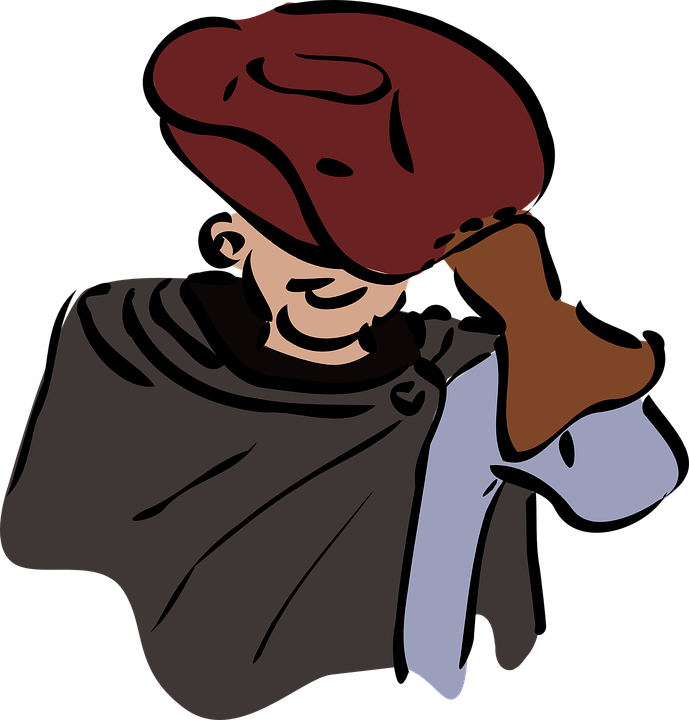
William Penn Biography
William Penn was born at Tower Hill, London on October 14, 1644, the son of a distinguished and wealthy, English naval officer, Admiral Sir William Penn (23 April 1621 – 16 September 1670) and Dutchwoman Margaret Jasper, who was widow of a Dutch sea captain and the daughter of a rich merchant from Rotterdam.
Through the Dutch Pletjes-Jasper family, Penn is said to have been a cousin of the Op den Graeff family who were important Mennonites in Krefeld and Quakers in Pennsylvania - Mennonites are a Christian denomination that focused on respect, peace and service.
William Penn grew up during the rule of Oliver Cromwell (25 April 1599 – 3 September 1658) who lead a Puritan rebellion against King Charles I.
Young William caught smallpox and lost all his hair from the disease that caused him to wear a wig.
During this time, the family moved to the rural life in an estate in Essex that made a lasting impression and love on young Penn of horticulture.
Education
Penn was first educated at Chigwell School in Essex where he had his earliest religious experience, then by private tutors in Ireland.
In 1660 he was enrolled at the University of Oxford where the student body was a mix of Cavaliers, Puritans, and non-conforming Quakers - young Penn was a Cavalier but his sympathies lay with the persecuted Quakers.
At Oxford, he adopted many Puritan behaviors (emphasis on constant self-examination and self-discipline) and was known for his serious demeanor and lack of humor.
When Puritan Nonconformist church leader, theologian and vice-chancellor, John Owen (1616 – 24 August 1683) was fired, Penn and other open-minded students attended seminars at the dean's house, where he learned the skills of forming theory through reasoned debate.
Many of Owen's works reflected his Calvinist interpretation of Scripture that every Christian has a right to interpret the Holy Bible for themselves.
In 1662, Penn was expelled from Oxford for religious nonconformity.
The Admiral sent his son to Paris where at the court of Louis XIV (5 September 1638 – 1 September 1715) he found French manners far more refined though he did not like the extravagance of wealth and privilege.
In 1663, Penn sought spiritual direction from Moise Amyraut (September 1596 – 8 January 1664) a French Huguenot, Reformed theologian and metaphysician who invited Penn to Saumur located between the Loire and Thouet rivers for a year where he studied at the Protestant Academy.
Penn adapted his mentor's belief in free will that inspired him to search out his own religious path.
After two years abroad, he presented to his parents a sophisticated, well-mannered gentleman who had developed a taste for fine clothes.
In 1665, his father enrolled his son in Lincoln’s Inn (that is one of the four Inns of Court in London to which barristers belong and where they are called to the Bar), to study law for a year.
Religious Conversion
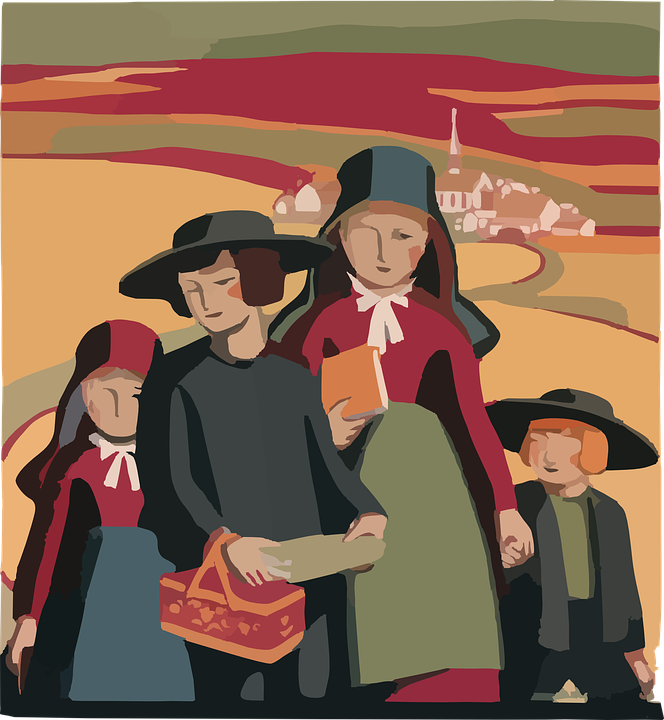
William Penn Biography
William Penn was 12 when he met the Quaker missionary, Thomas Loe who was to change his life.
Thomas Loe was detested by both Catholics and Protestants because of his sect's belief that Divine Grace, in the form of an “inner light” is how they found their spiritual inspiration .
He finally joined the Religious Society of Friends (Quakers) at the age of 22.
Quakerism is silent worship; they had no ministers and no ritual, believing their spiritual inspiration came directly from God; they held meetings at which anyone could share revelations or thoughts within the group.
They refused to bow or take off their hats to any man believing all men were equal under God; they refused to take up arms, pay tithes or swear oaths of loyalty to the King.
Other Christians saw the Quakers as disrespectful heretics from established religious dogma.
William Penn was arrested four times for his religious beliefs and he developed a close friendship with missionary, George Fox (1624 — 1691), the founder of the Society of Friends (Quakers).
Through his father's influence, he was released from jail and was recalled to London by his enraged father who feared for his own position and his son's dangerous confrontation with the Crown.
In the end, the Admiral ordered his son out of the house and withheld his inheritance forcing Penn to live with Quaker families.
Famous quote by William Penn: "Right is right, even if everyone is against it, and wrong is wrong, even if everyone is for it".
English Civil War
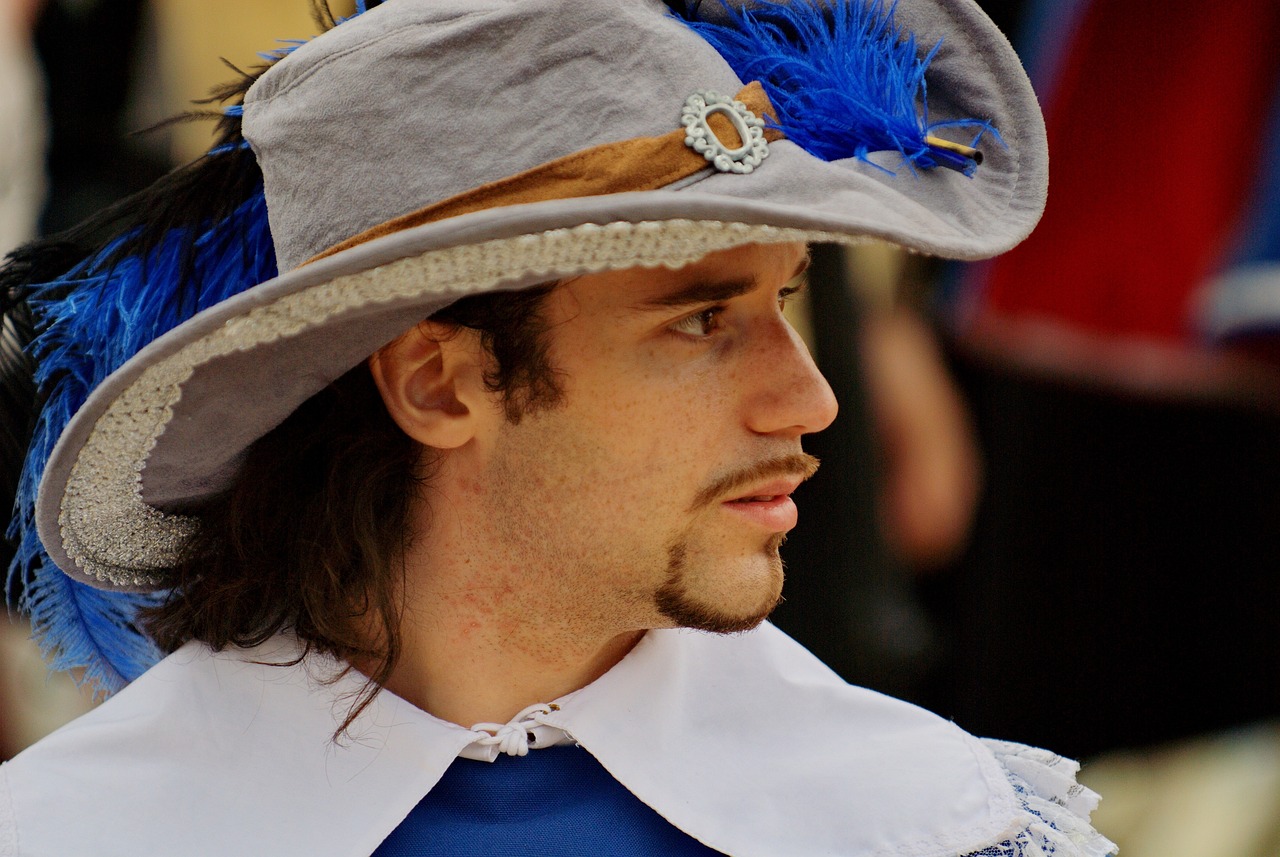
William Penn Biography
The outbreak of the English Civil Wars (1642-1651) comprised of three catastrophic wars fought between Charles I and Parliamentarians who challenged the absolute rule of Charles I.
The king's supporters were known as Cavaliers (aristocrats with long-flowing hair) meaning gallant gentlemen while the Parliamentarians were known as Roundheads because they cropped their hair close to their heads.
Sir Thomas Fairfax (17 January 1612 – 12 November 1671) led his troops to victory over King Charles I at the Battle of Naseby on 14 June 1645 for Parliament, ensuring that monarchs would never again be supreme in British politics.
In the Second English Civil War (22 August 1642 – 3 September 1651) Parliamentarians under Oliver Cromwell and Thomas Fairfax again defeated the Royalists and the Engagers (faction of Scottish Covenanters) which led to the execution of Charles I in January 30, 1649 and the establishment of the Commonwealth of England on May 19, 1649.
Scotland and Ireland were later annexed to the English Commonwealth with a single parliament at Westminster.
On January 1, 1651,the Scottish Covenanters crowned his son Charles II, King of Scotland, leading to the Anglo-Scottish War (1650–1652) also known as the Third Civil War - the final conflict in the Wars of the Three Kingdoms.
Oliver Cromwell inflicted a crushing defeat on the Scots destroying Royalist hopes and effectively ended the war.
In 1653, Oliver Cromwell inaugurated the Protectorate and became the Lord Protector of the Commonwealth of England, Scotland and Ireland.
Following Oliver Cromwell’s death on September 3, 1658, his son Richard succeeded him to become Lord Protector.
However, Richard lacked the political and military power of his father and was forced to resign in May 1659 thereby abolishing the Protectorate and handing power to the remnants of the old Rump, in May 1659.
In May 1660, the restoration of the Stuart monarchy in England, Scotland, and Ireland replaced the Commonwealth of England.
Charles II (29 May 1630 – 6 February 1685) returned from exile in the Hague on 23 May, entered London on 29 May 1660, his 30th birthday and was crowned at Westminster Abbey on 23 April 1661.
Many Royalist exiles also returned and were rewarded - the Penn family also returned to England.
Ireland
The William Penn Biography the family history in Ireland that began in the market town of Macroom, county Cork.
On the 10th of May, 1650 the Battle of Macroom was waged during the Cromwellian conquest of Ireland and English Parliamentarian forces led by Roger Boyle (Lord Brohill) defeated an Irish Confederate force under David Roche.
Irish Roman Catholic Bishop, Boetius MacEgan of Ross failed to hold Macroom Castle and was taken prisoner by Parliamentarian forces and executed by hanging at Carrigadrohid.
Macroom Castle and manor were handed over to Admiral Sir William Penn in 1660, the year of the restoration of the English monarchy under King Charles II.
Admiral Penn had taken part in the restoration of King Charles II and was knighted.
In late 1665, Penn's father sent him to Ireland to manage his estates in County Cork.
While there, his 'convincement' (conversion to Quakerism) happened in 1667.
William Penn attended many meetings and stayed with leading Quaker families such as William Morris, a prominent early Quaker and leading figure in Cork.
Quakers came to Ireland from the mid-17th century, most settling in the Protestant north as refugees from the religious persecutions of the Cromwell years.
First Marriage
The William Penn Biography reveals that he was married twice.
Gulielma Maria Springett (February 1644 – 23 February 1694) was William Penn's first wife whom he married on 4 April 1672
They had eight children - three of whom survived childhood.
She died on 23 February 1694, aged 50.
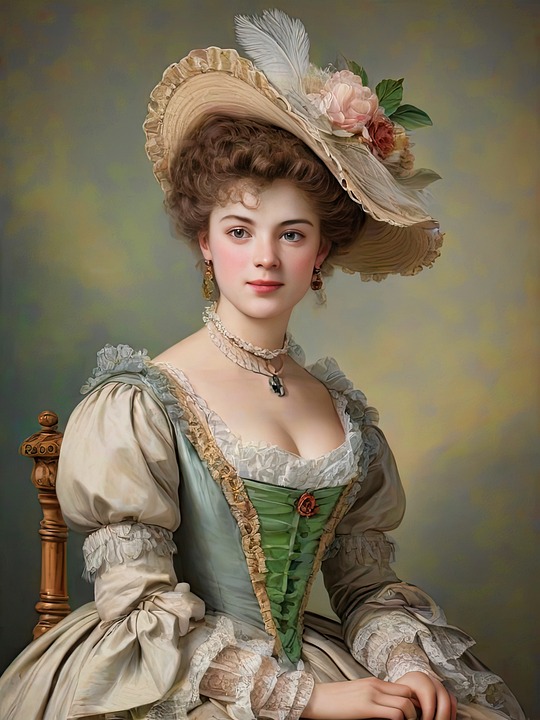
William Penn Biography
Holy Experiment"
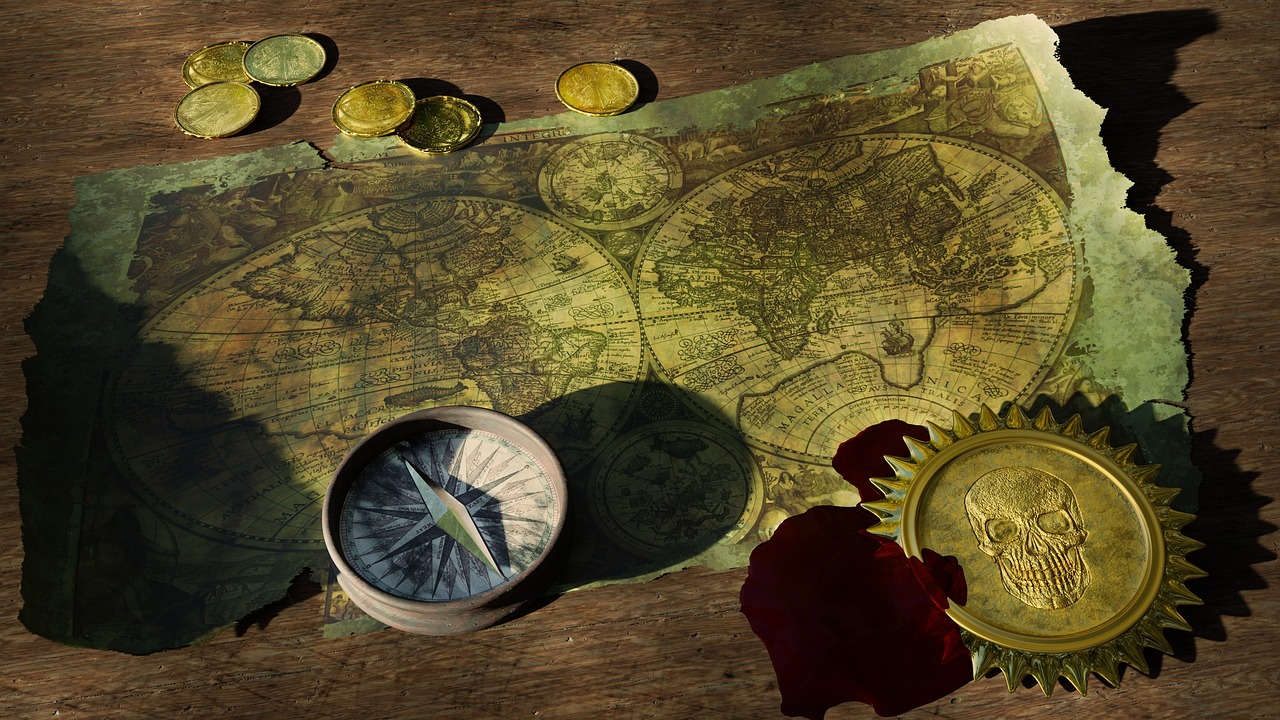
The Quakers sought religious freedom in North America.
In 1670, Penn's father died and he inherited the family estates in England and Ireland.
In 1681, King Charles II granted a large piece of his North American land holdings to Penn to cover debts he owed his father, Sir William Penn that included the present-day states of Pennsylvania and Delaware.
In 1682, Penn left England to become the new proprietor of the Province of Pennsylvania in the New World - a “holy experiment” in tolerance.
The "Holy Experiment" by the Religious Society of Friends (Quakers) wanted religious freedom for themselves and other persecuted religious minorities in the New World.
One such group of people, the Mennonites were also frequently persecuted and joined the Holy Experiment in 1682 with thirteen families from the Rhine Valley.
In 1683, Francis Daniel Pastorius (1651 — 1720) a German-born educator, lawyer, poet, and public official negotiated the purchase of 15,000 acres (61 km2) from William Penn and laid out the first German settlement (Germantown - German: Deutschstadt) now part of Philadelphia.
Other groups also came, such as Anabaptists, Old Order Mennonites, Ephrata Cloister, Brethren, Amish, Lutheran refugees and Catholics from Salzburg and German duchies.
Second Marriage
In 1696, Penn married his second wife, a Quaker, Hannah Margaret Callowhill (11 February 1671 – 20 December 1726) on March 5, 1696, when she was 25 and he was 52 at Quakers Friars in Bristol and had nine children.
Hannah Margaret Penn became an Anglo-American governor who effectively administered the Province of Pennsylvania for six years after her husband suffered a series of strokes, and then for another eight years after her husband's death.
She served as acting proprietor from 1712 until her death in 1726.
When William Penn died at age 73 on July 30, 1718, his will gave Hannah Penn full control of the Province of Pennsylvania and his fortune.
She is buried in the same grave as William in the Quaker burial ground at Jordans in Buckinghamshire. in England.
William Penn Biography - Province of Pennsylvania
William Penn founded Philadelphia on the river's western bank that became the capital of the Pennsylvania colony during the British colonial era.
William Penn promoted the principles of freedom by helping to lay the framework for First Amendment religious liberty.
He prepared a constitution of government with an assembly of elected representatives and signed treaties of friendship with the region’s Indigenous Lenni (Lenape - Delaware) people.
In 1684 Penn returned to England, went back to the colony in 1699 and returned on his final journey back to England in 1701.
Money problems and bad health stopped him from returning to his colony - he suffered two strokes, lost his memory and died in Buckinghamshire, England, on July 30, 1718.
Penn's family retained ownership of the colony of Pennsylvania until the American Revolution (19 April 1775 – 3 September 1783).
"If thou wouldst rule well, thou must rule for God, and to do that, thou must be ruled by him....Those who will not be governed by God will be ruled by tyrants."
–William Penn
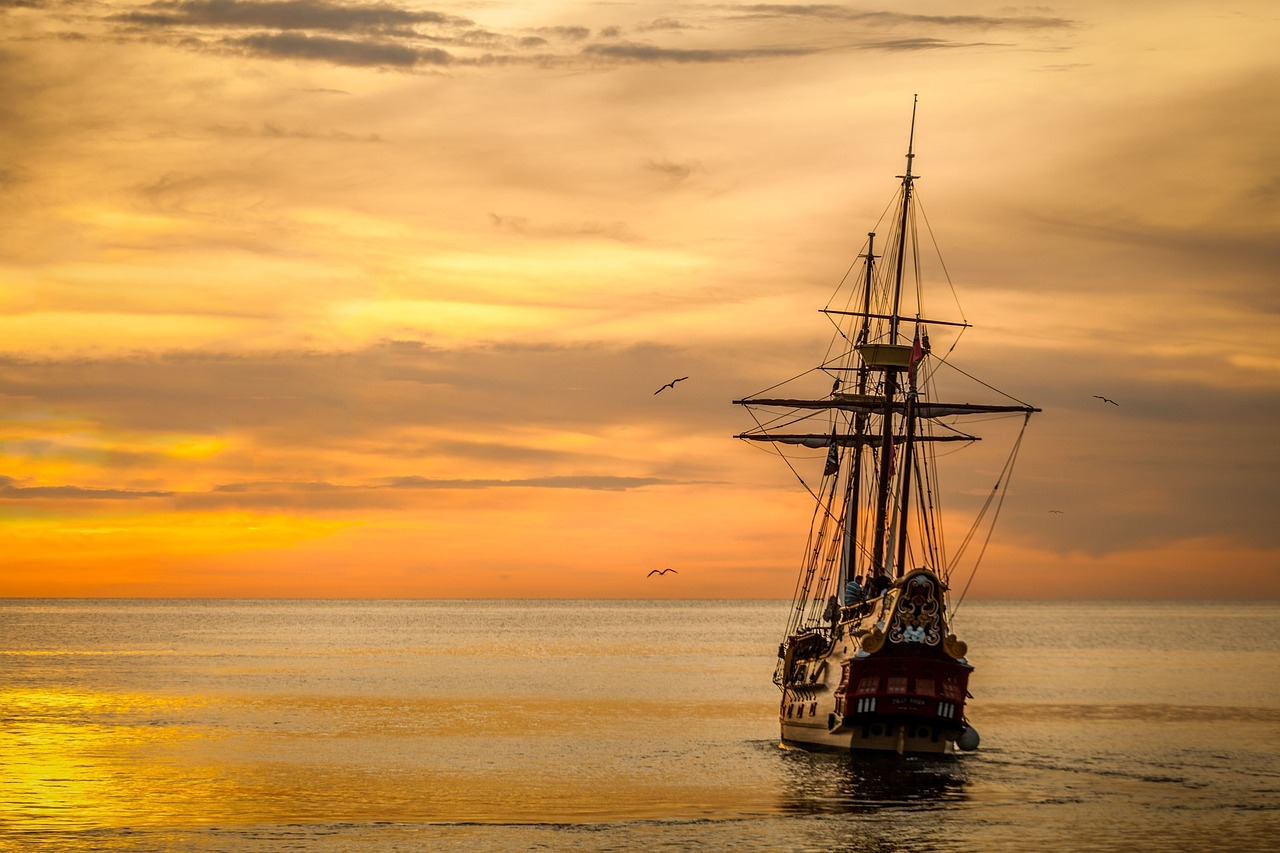
Ezine Articles Author Link
Click on the Link Below

Newsletter Opt-in-Form
The Keen Traveler
Your second block of text...
Recent Articles
-
When all we Have is God
Dec 20, 25 04:21 AM
When all we have is God in times of loss hardship or loneliness God's Presence offers refuge, strength and a purpose for the future. -
Beauty of Christmas
Dec 11, 25 04:22 AM
The beauty of Christmas is the celebration of the real Christmas Story with the Birth of Jesus Christ, the Son of God, Who came to bring love, hope, and salvation to the world. -
Spiritual Treasures of Life
Nov 26, 25 04:44 AM
Spiritual treasures of life are internal riches that are more valuable and everlasting than material wealth.


